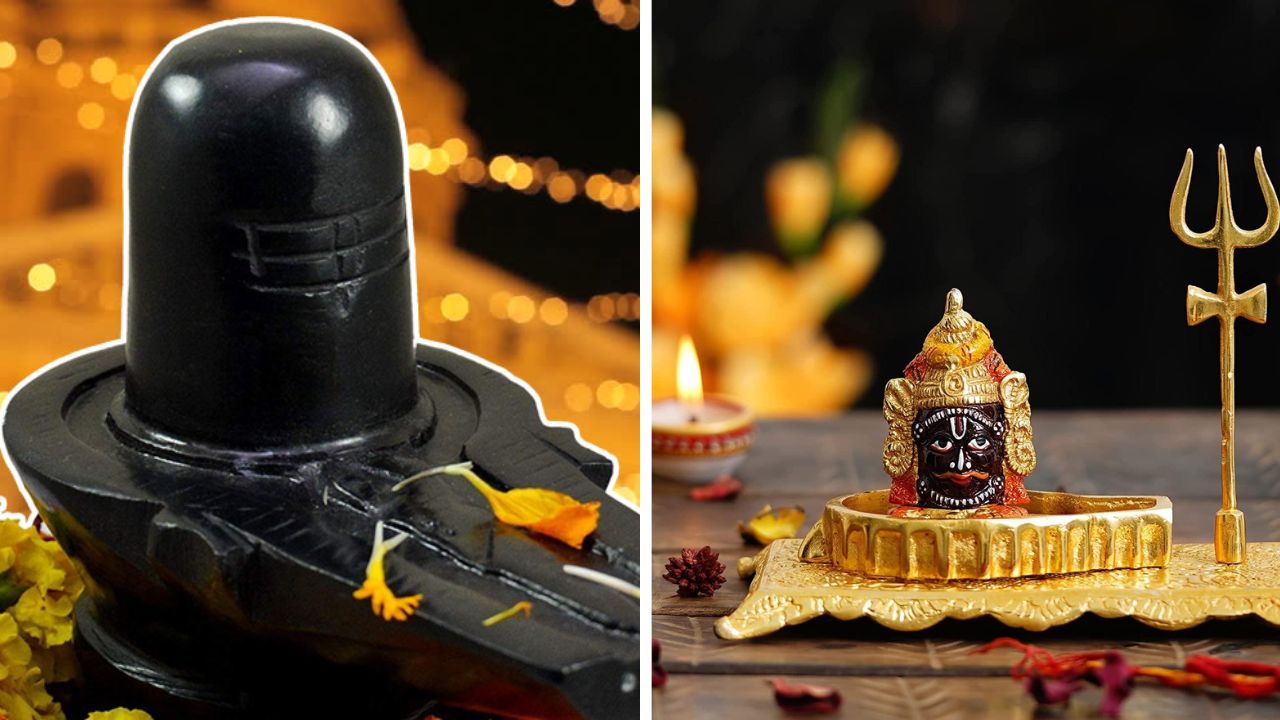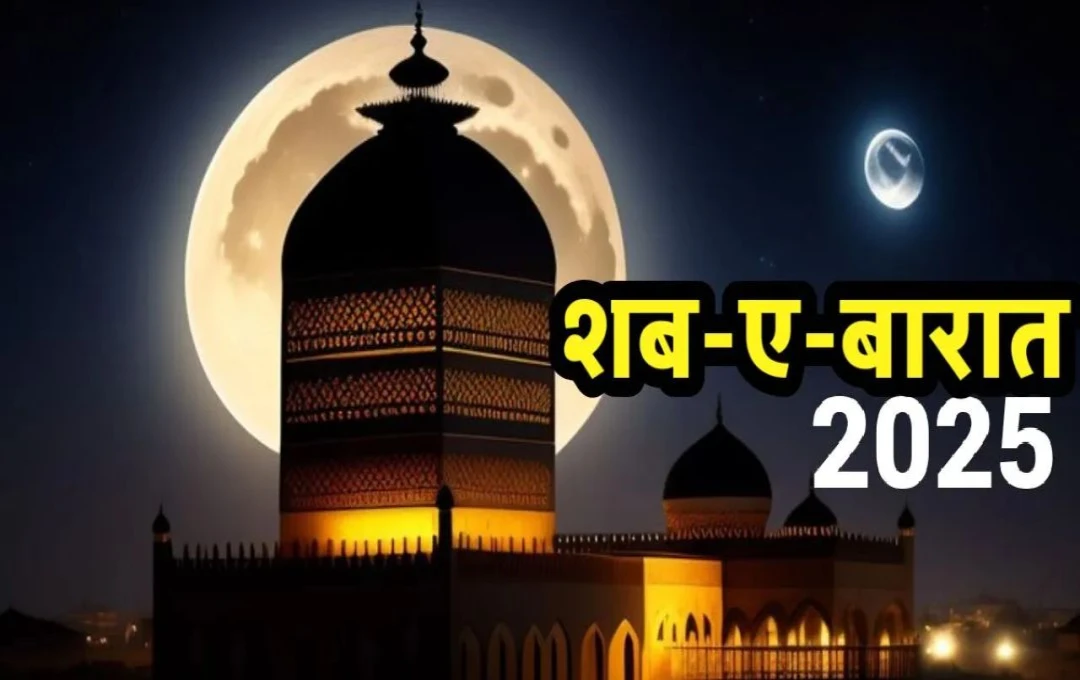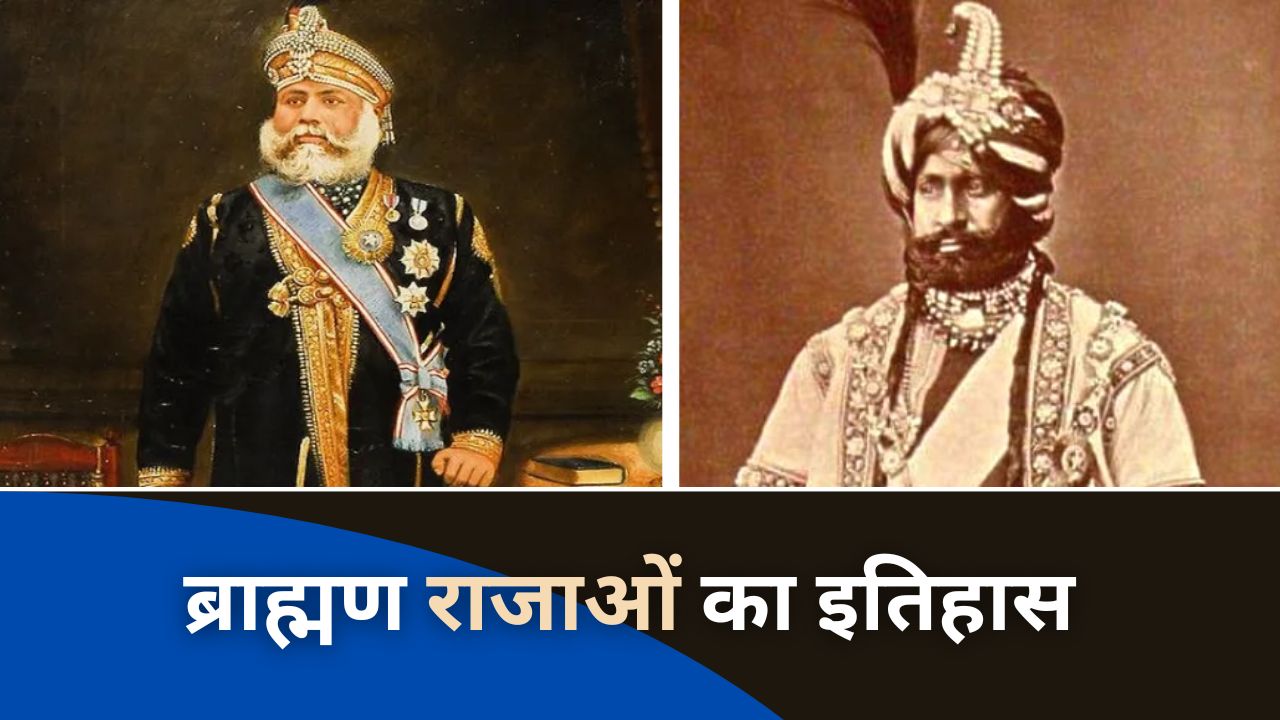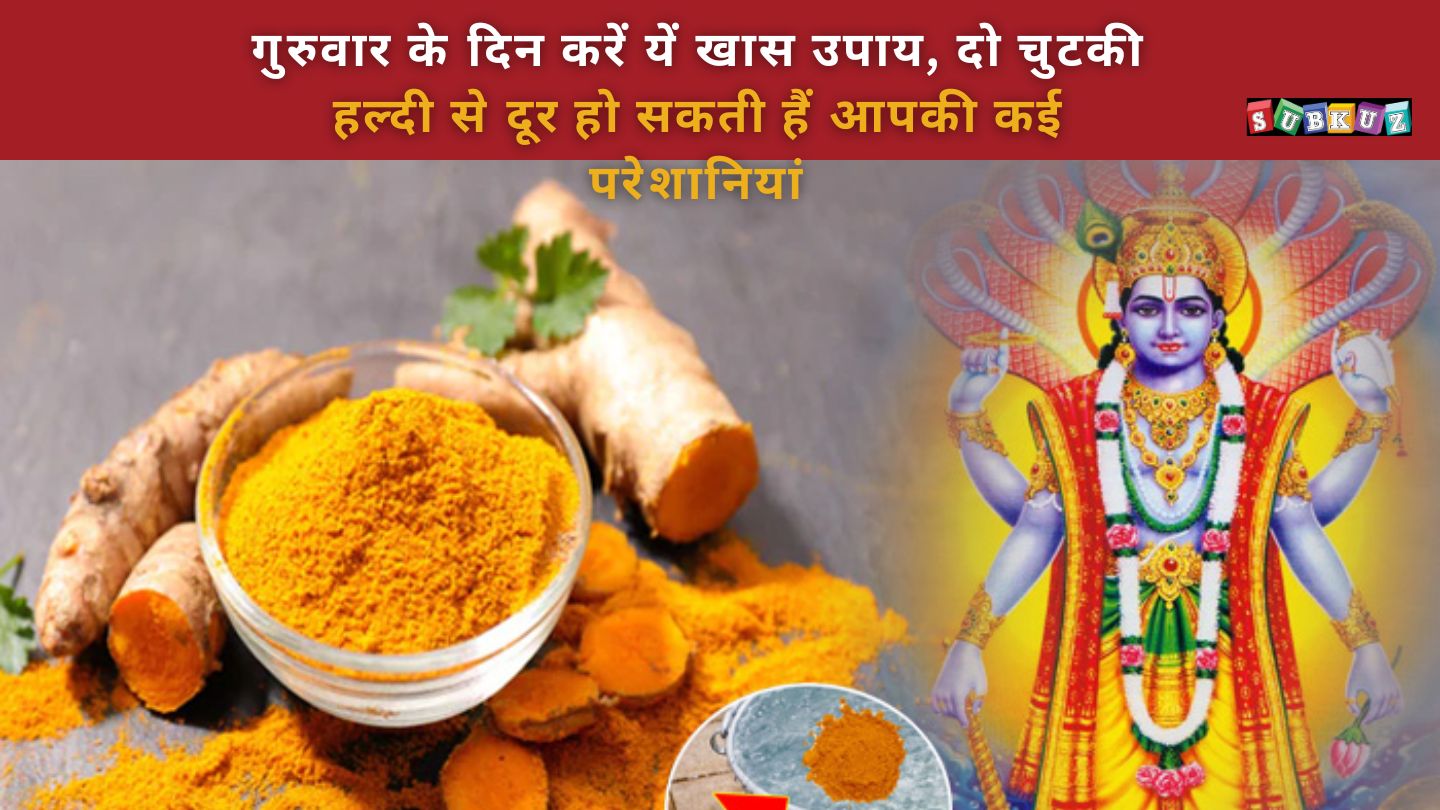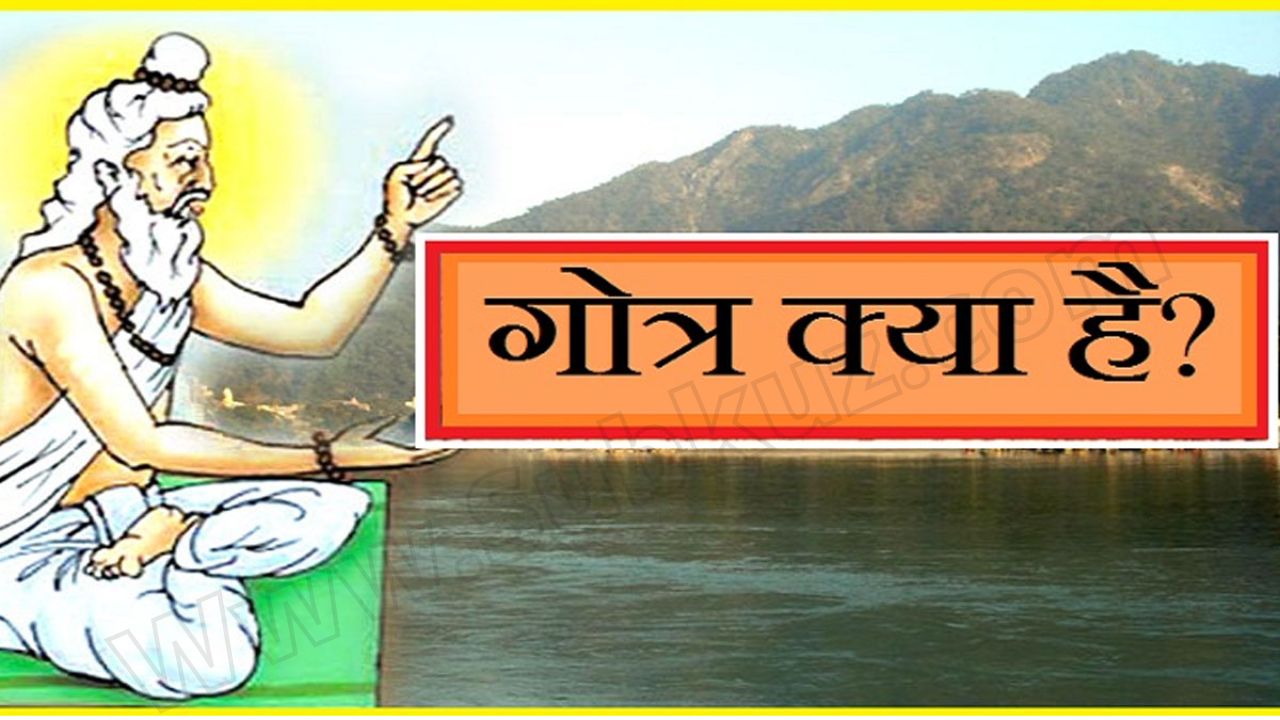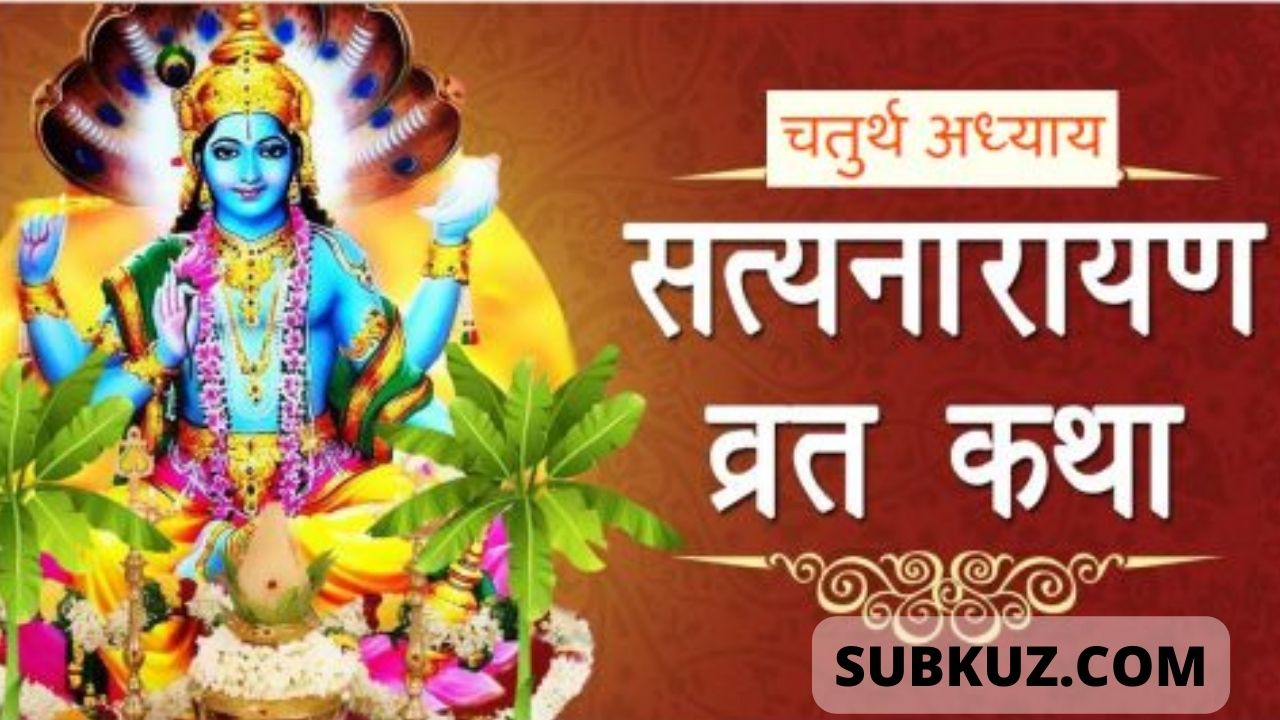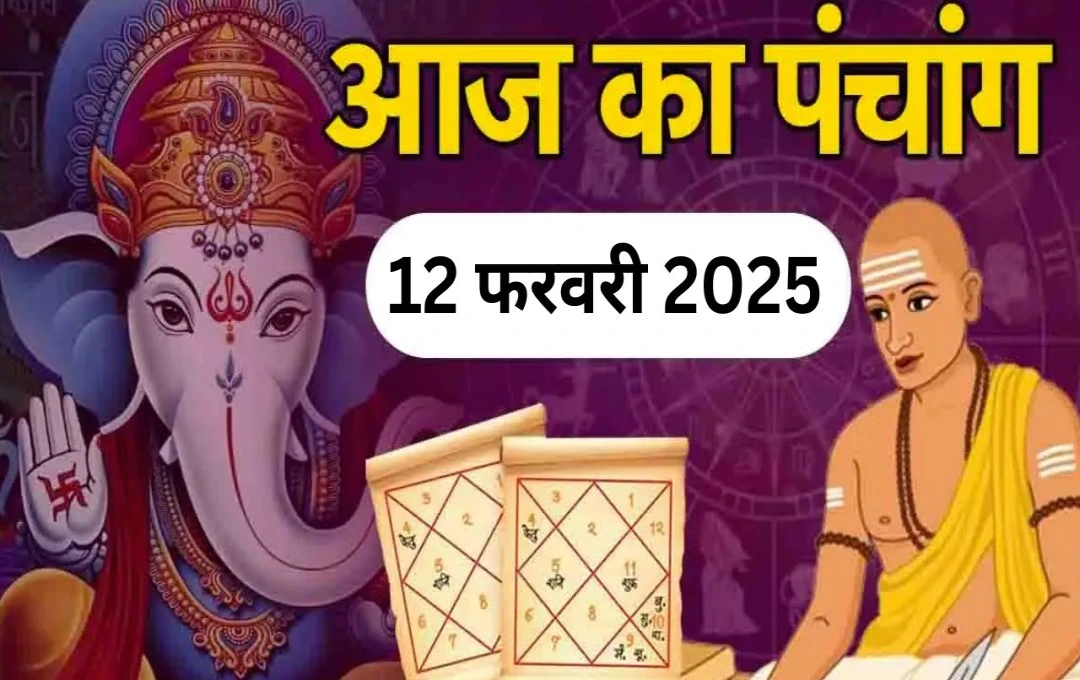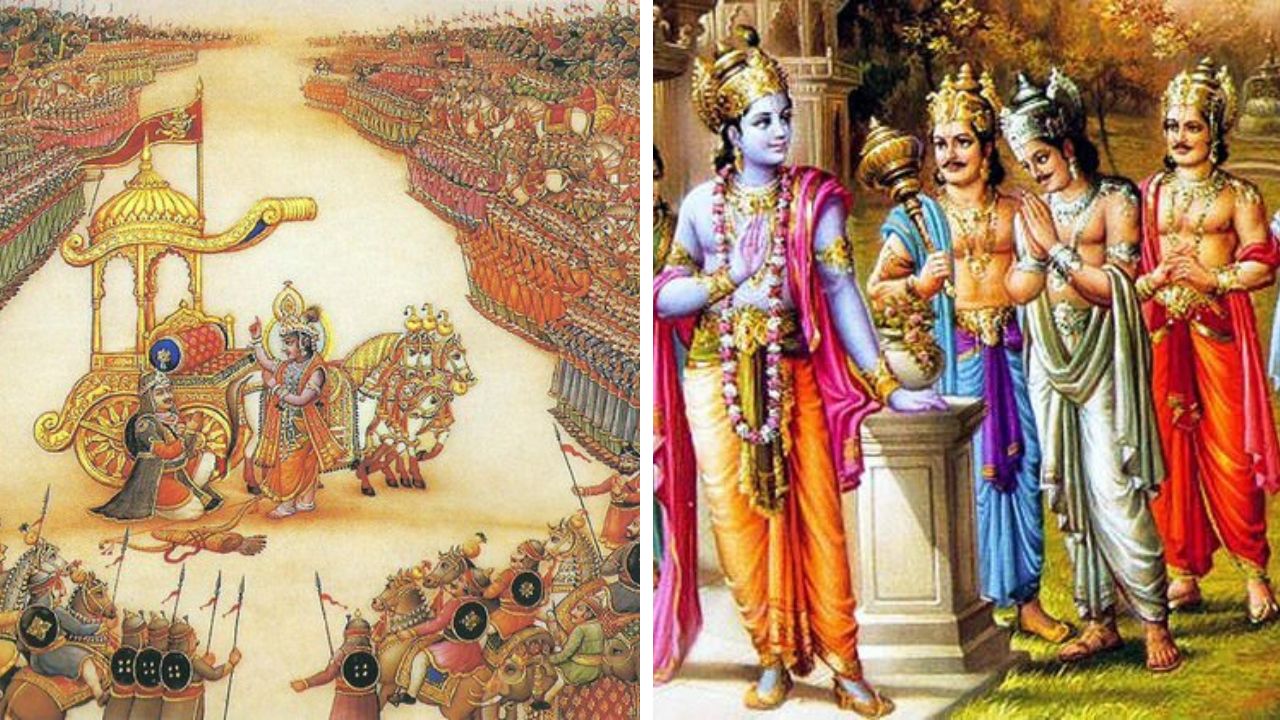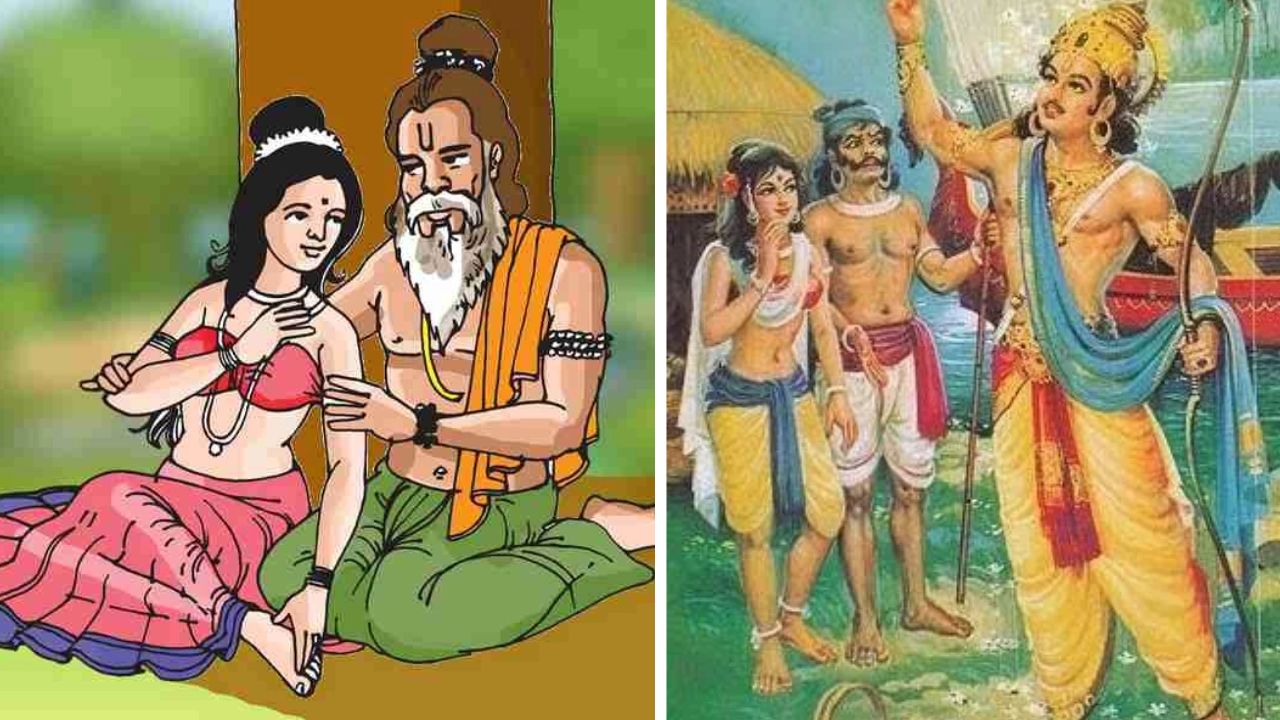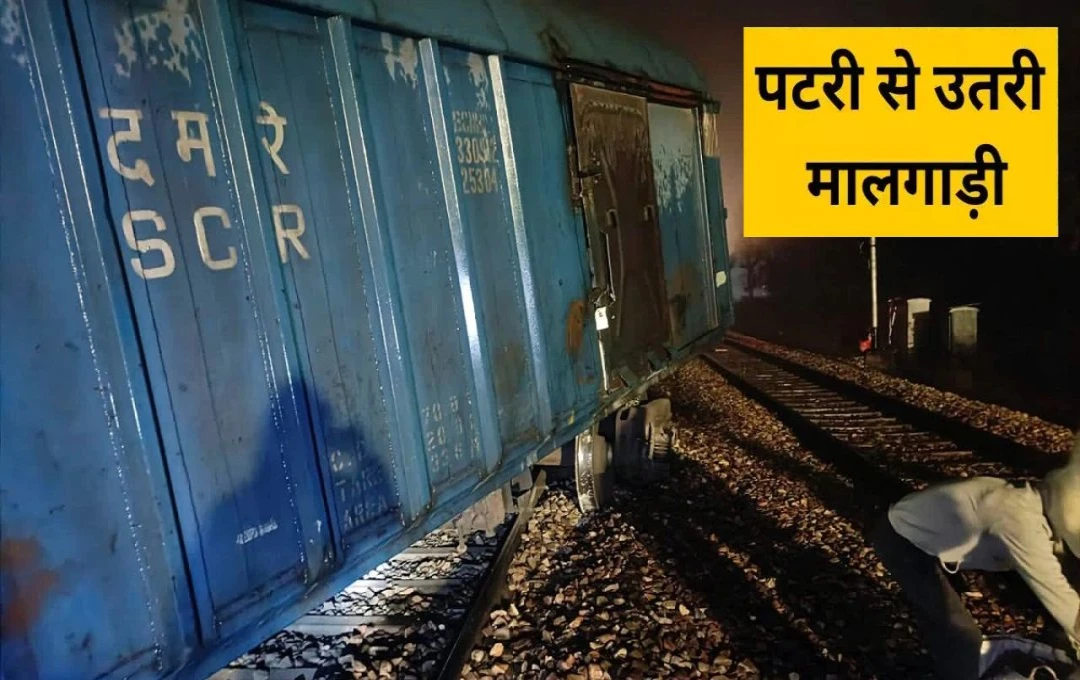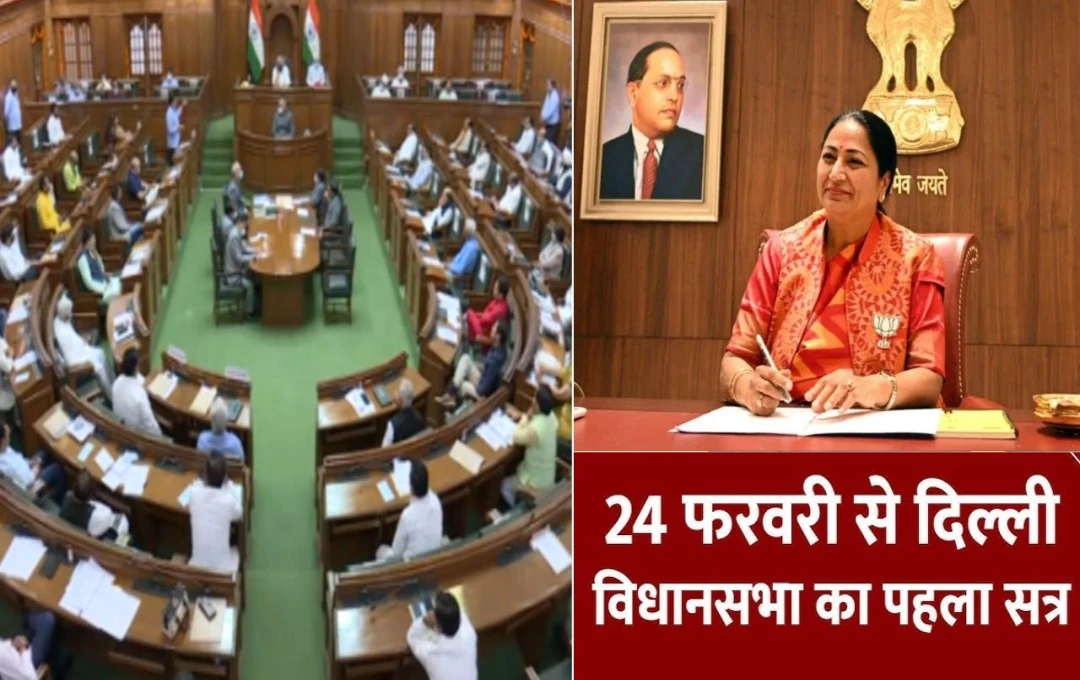Lord Rama Himself Created this Shivling to Atone for Brahma-hatya Sin, Worship Brings a Hundred Million Times More Reward
To atone for the sin of Brahma-hatya, Lord Shriram personally created this Shivling. Worshipping it yields a hundred million times more benefit.
Besides the twelve Jyotirlingas of Lord Shiva, numerous temples across India exist where worship or merely viewing the deity is believed to remove all karmic sins associated with life. One such sacred Shiva shrine, known as the king of pilgrimage sites, is located in Prayagraj, specifically, the Kotitirtha. Locally, the temple in the city's northern region is called Shiv Kuti.
Situated on the banks of the Ganga River, this Shiva temple is believed to have ties to the Treta Yuga era of the Ramayana. It is said that the famed Shivling installed there was sculpted by Lord Rama himself, and another such Shivling, created after his victory over Lanka, was also installed in Prayagraj.
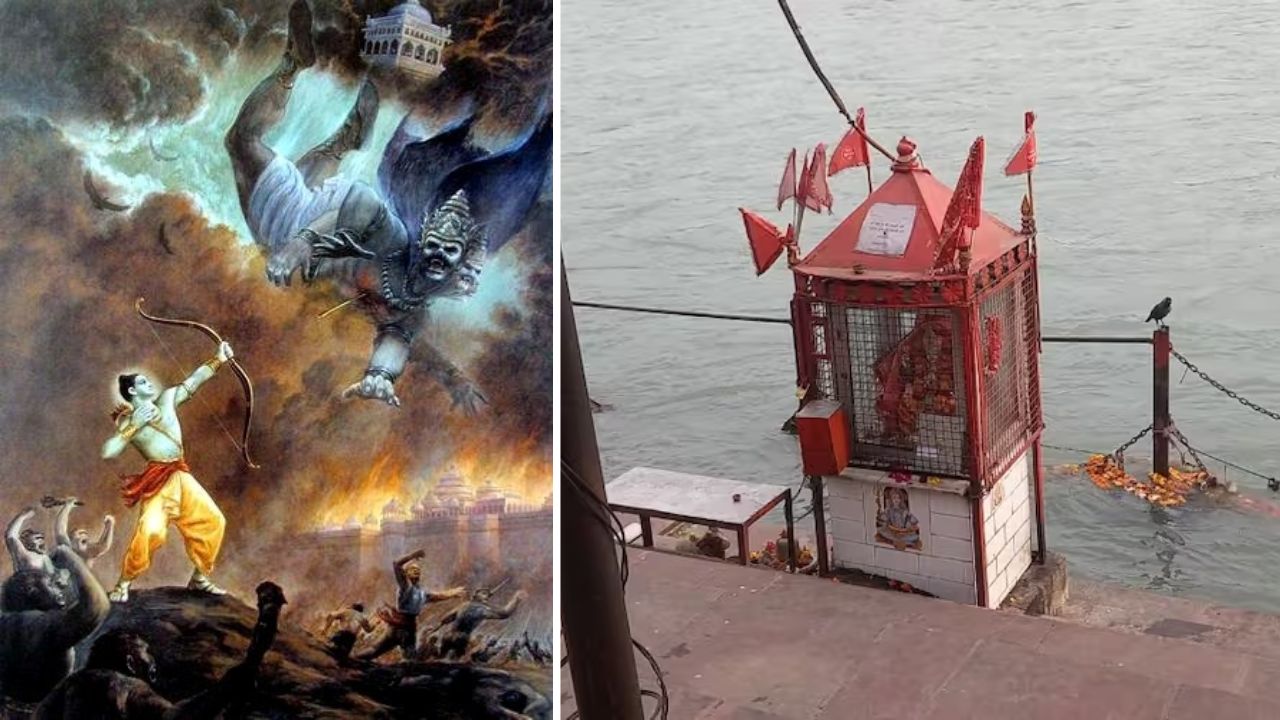
The Story of Lord Rama's Creation of the Koteshwar Shivling
The story of Lord Rama creating the Koteshwar Shivling is quite intriguing. When Lord Rama, Sita, and Lakshmana reached Prayagraj, they sought the blessings of Rishi Bharadwaj, following which they proceeded to Chitrakut as instructed. Upon returning to Prayagraj after vanquishing Ravana, Lord Rama wished to receive Rishi Bharadwaj's blessings again. However, the Rishi declined, citing the Brahma-hatya (killing of a Brahmin) sin associated with Lord Rama.
A predicament arose for Lord Rama. Denied the blessings of Rishi Bharadwaj, Lord Rama sent a servant to learn the method of atonement for this sin. Bharadwaj advised him to create and worship one crore (ten million) Shivlings. Lord Rama then dispatched his servant to ask Bharadwaj the consequences if even one Shivling wasn't worshipped. Bharadwaj responded that it would be a grave sin. He then suggested that every grain of sand on the banks of the Ganga was equivalent to a Shivling, and that Lord Rama should worship them. Following this advice, Lord Rama worshipped these countless grains of sand. From that time, the Shivling has been known as Koteshwar Mahadev.
It is believed that worshipping Koteshwar Mahadev by offering abhishek with Ganga water, or by offering flowers and fruits to the ten million Shivlings in the temple, brings rewards. It is also believed that couples who worship together at this temple have their wishes fulfilled more quickly.
Note: All information above is based on publicly available information and social beliefs, and subkuz.com does not vouch for its veracity. subkuz.com advises consulting with a specialist before using any remedies.
